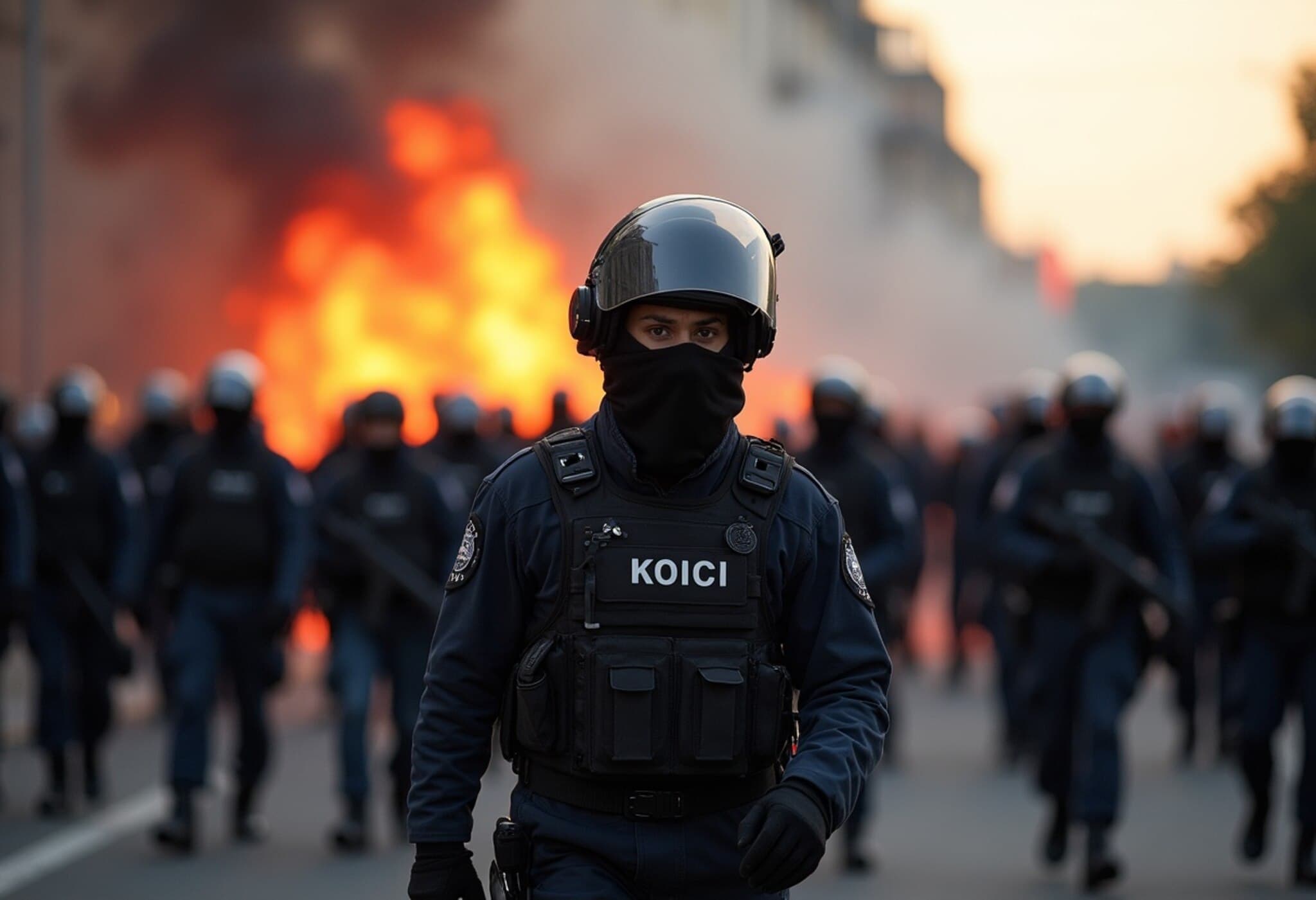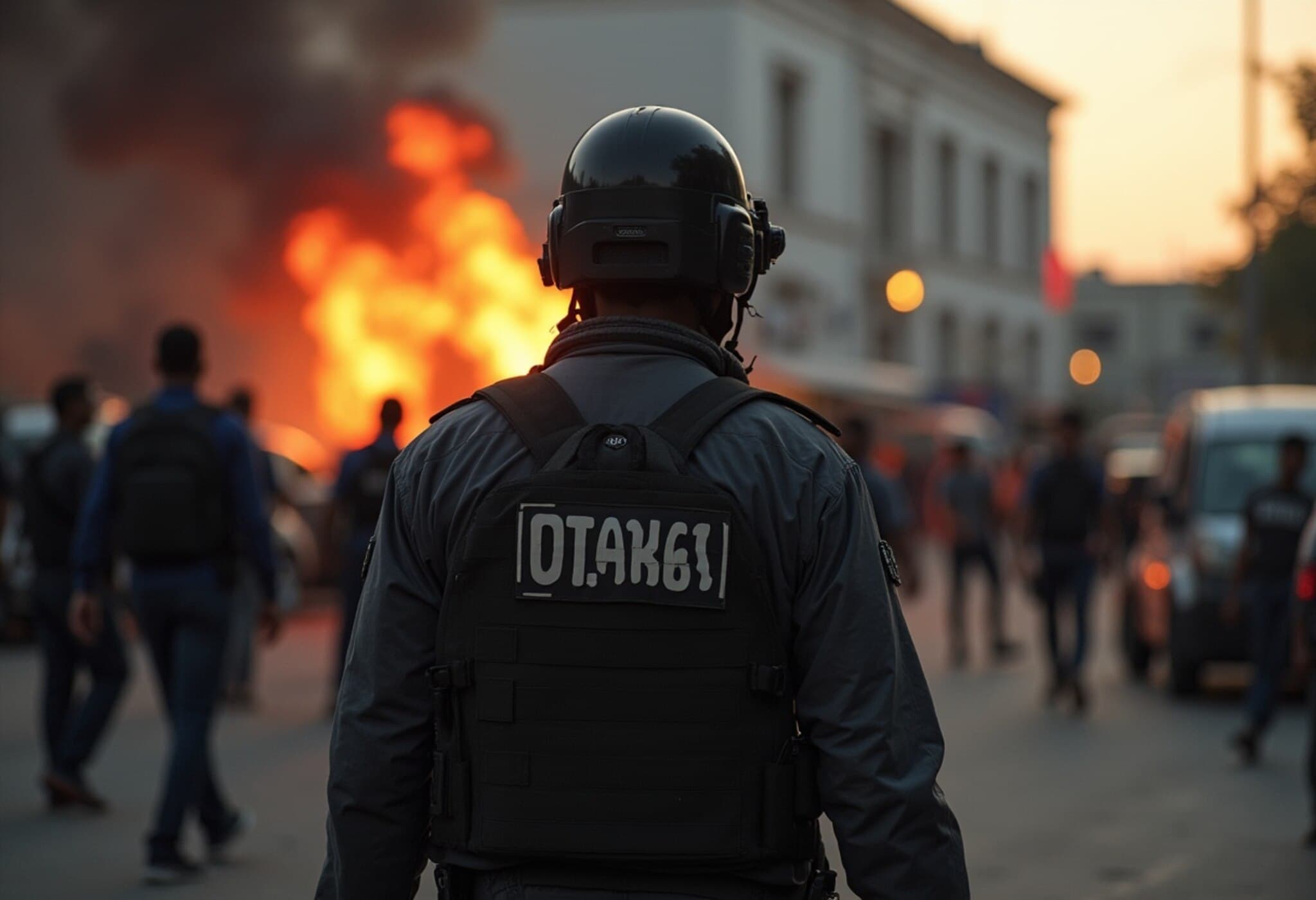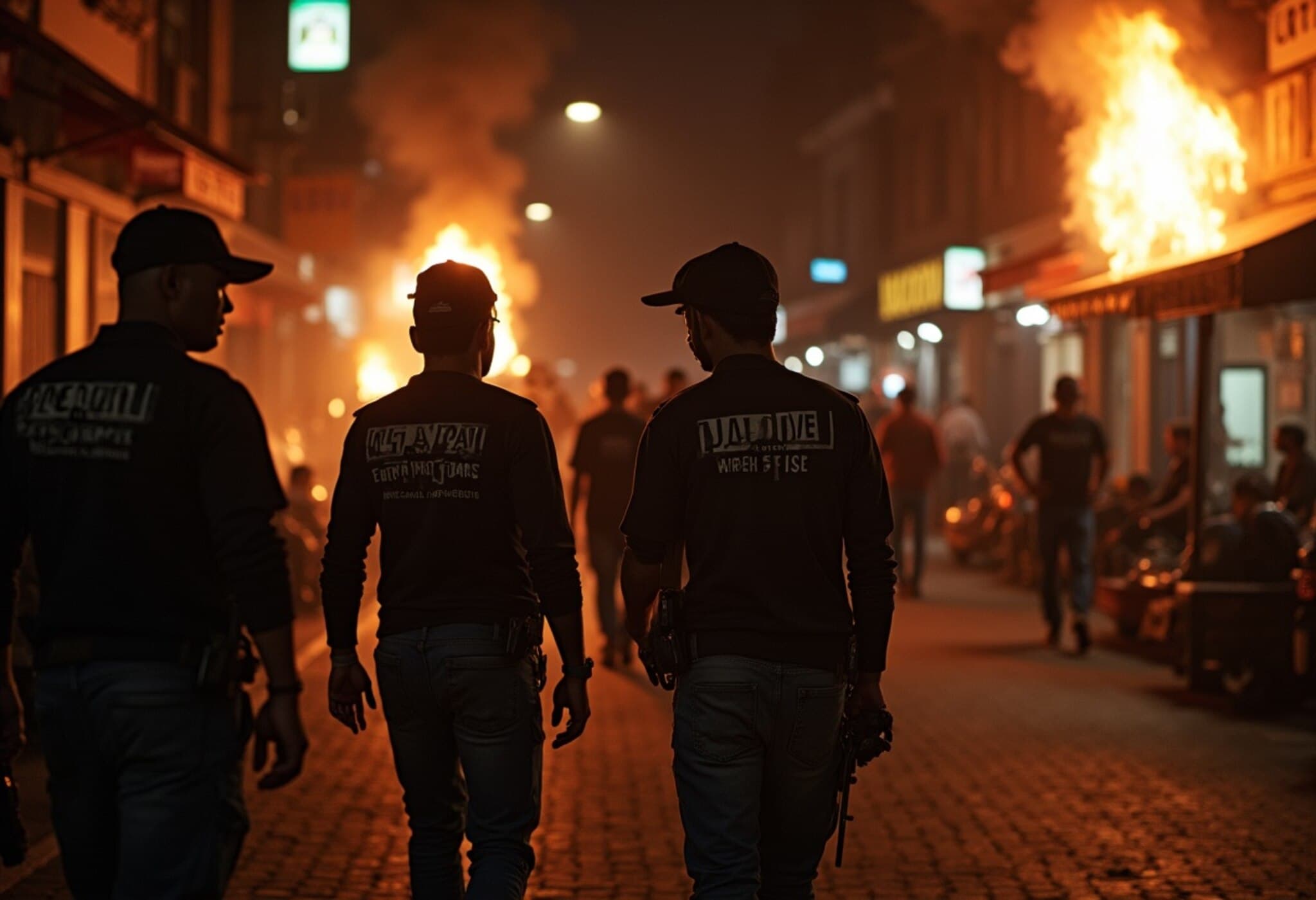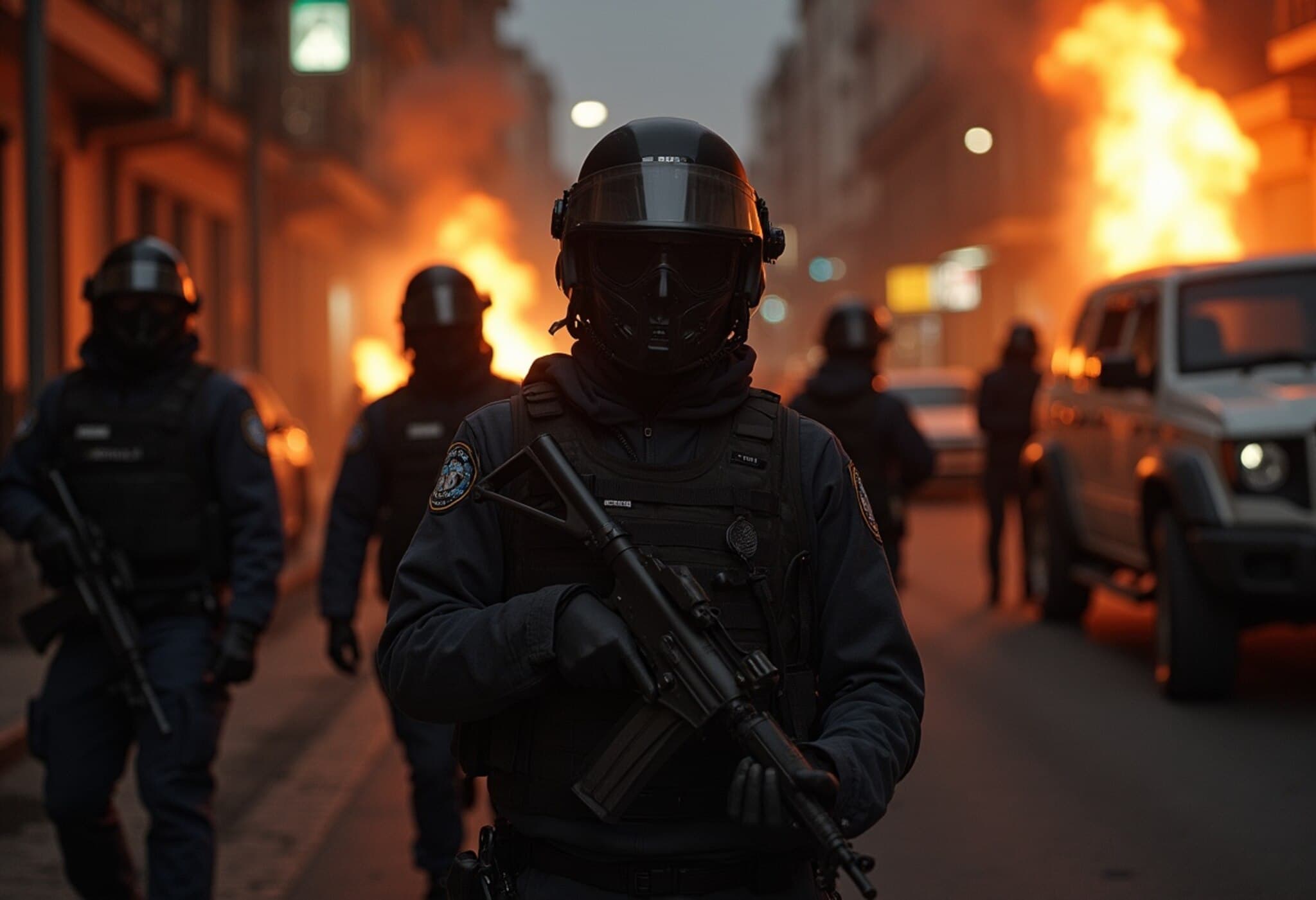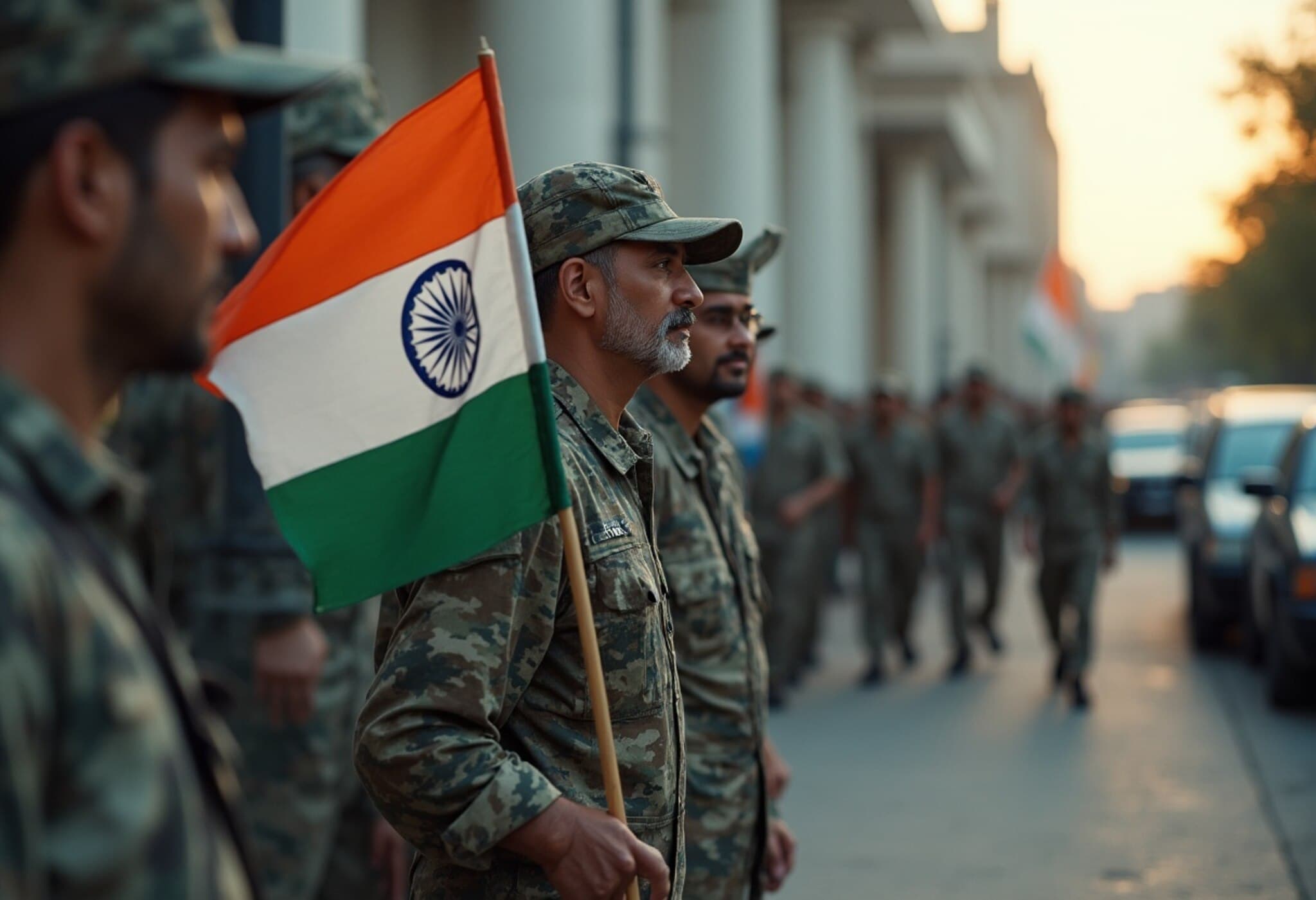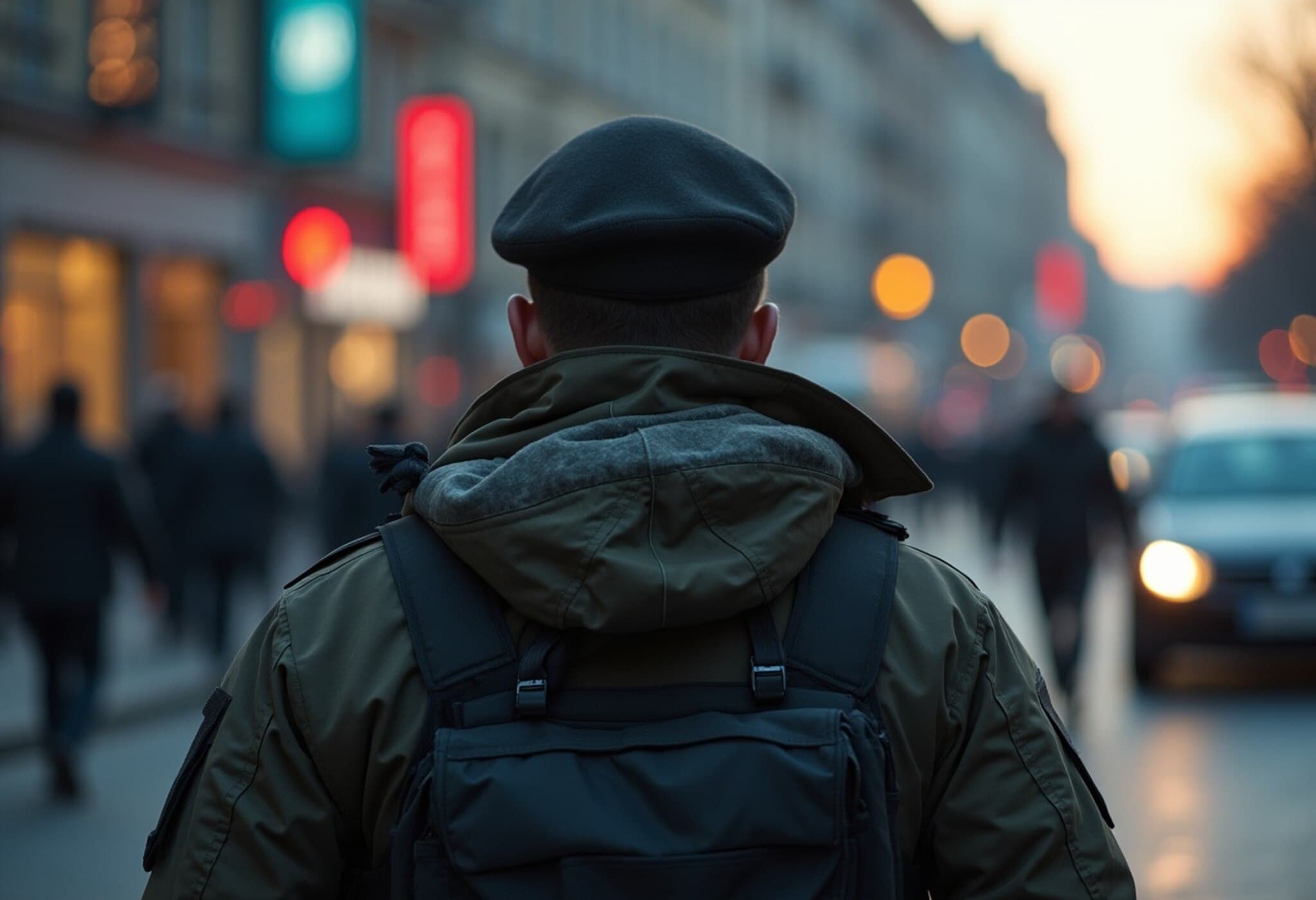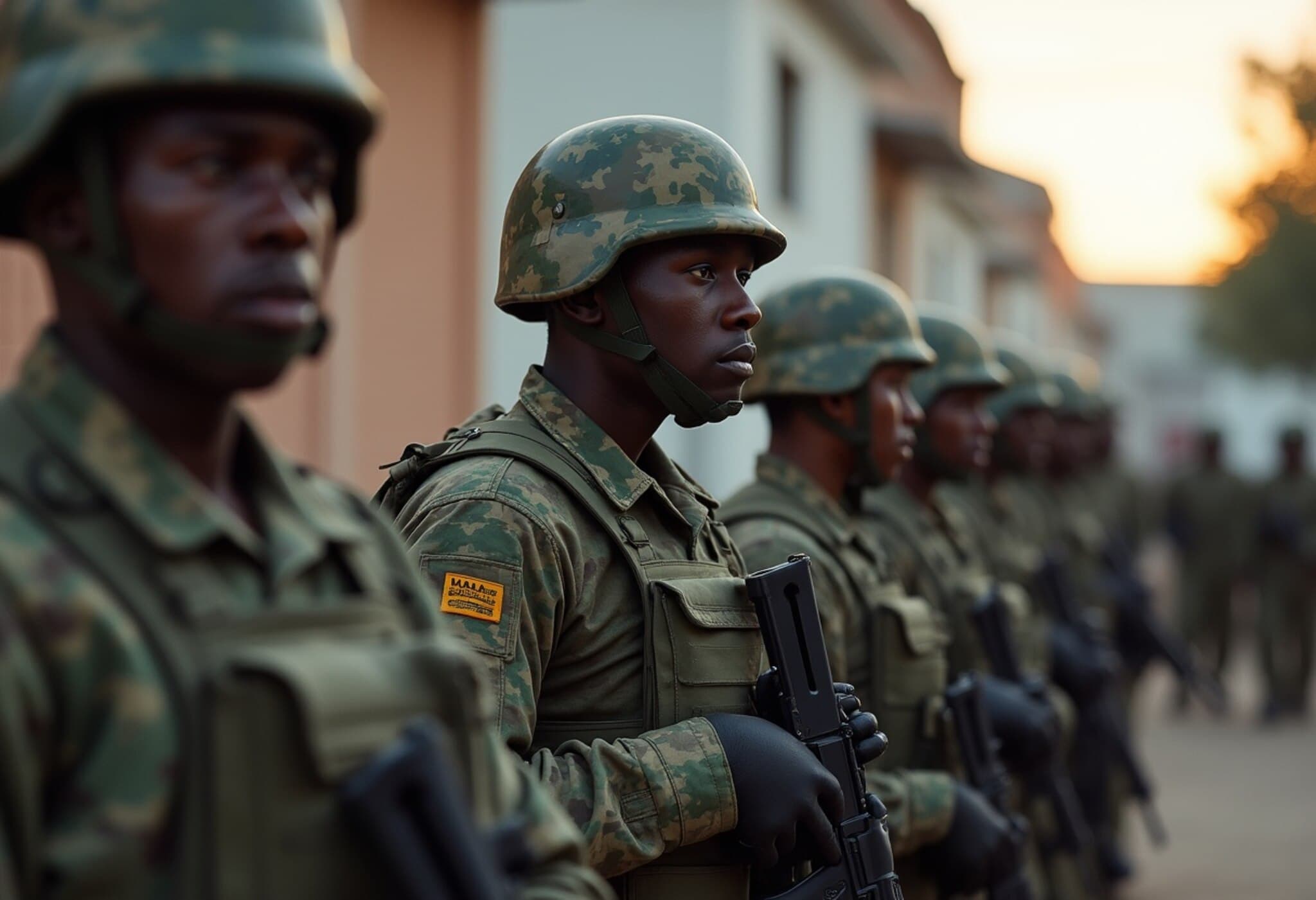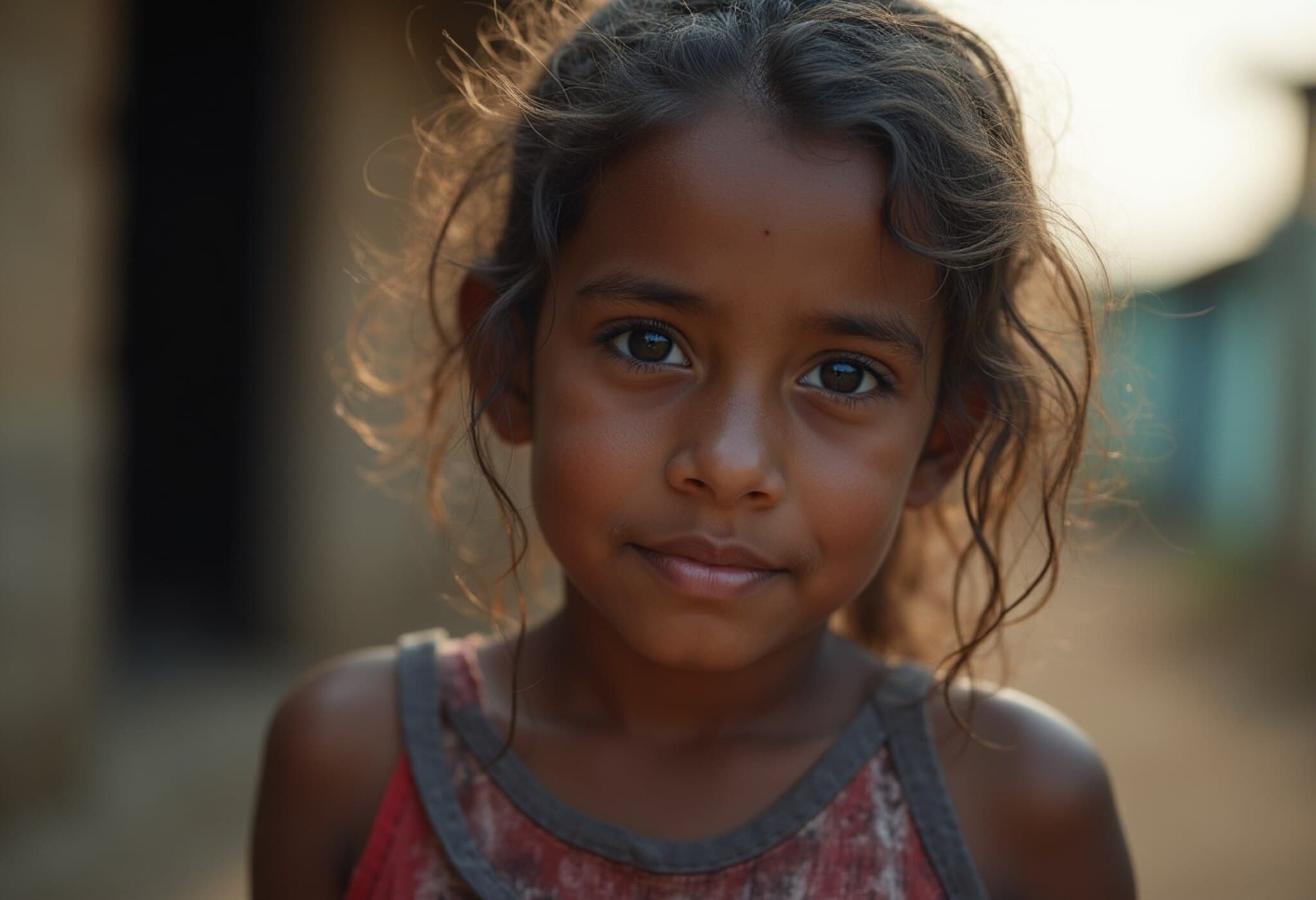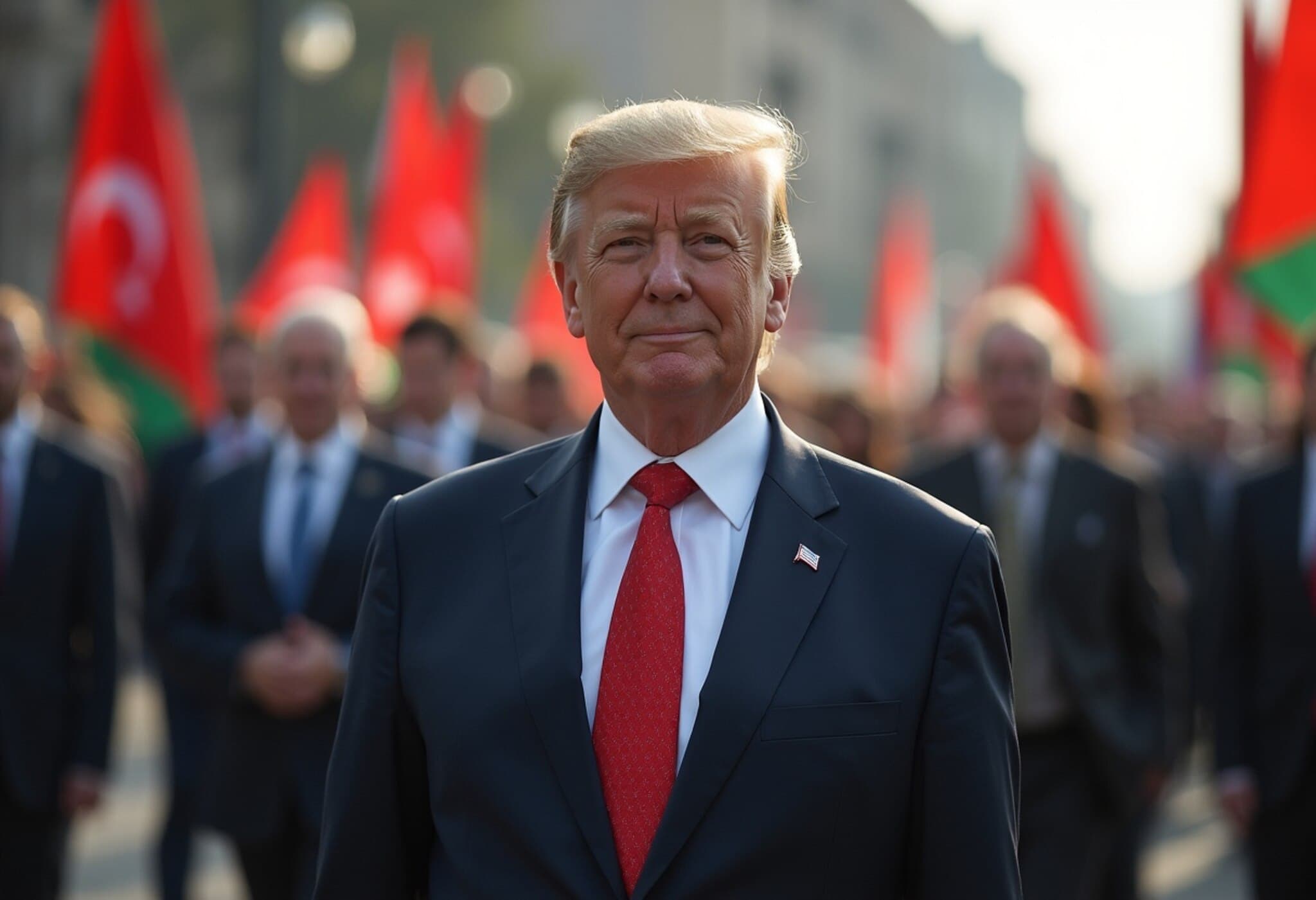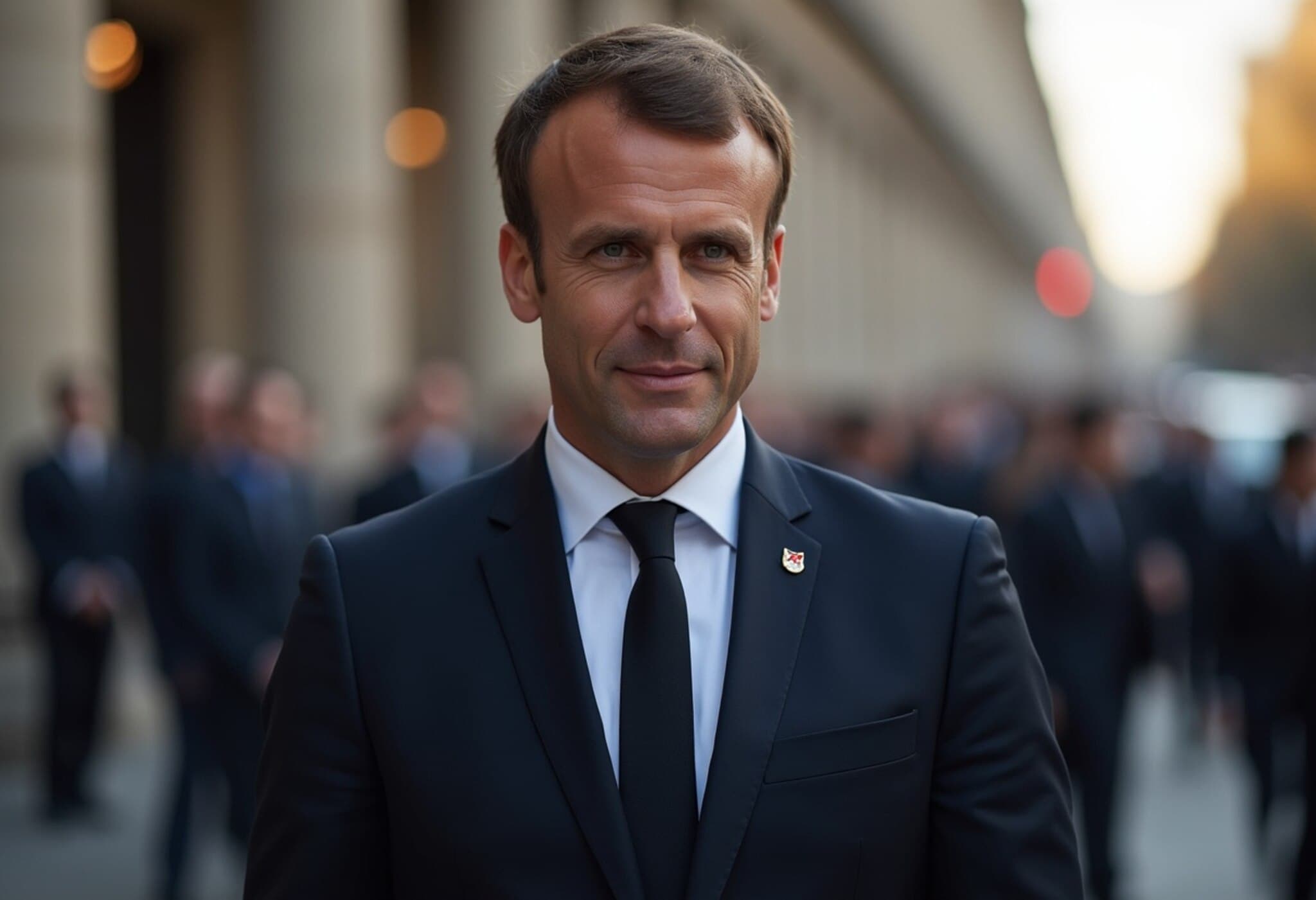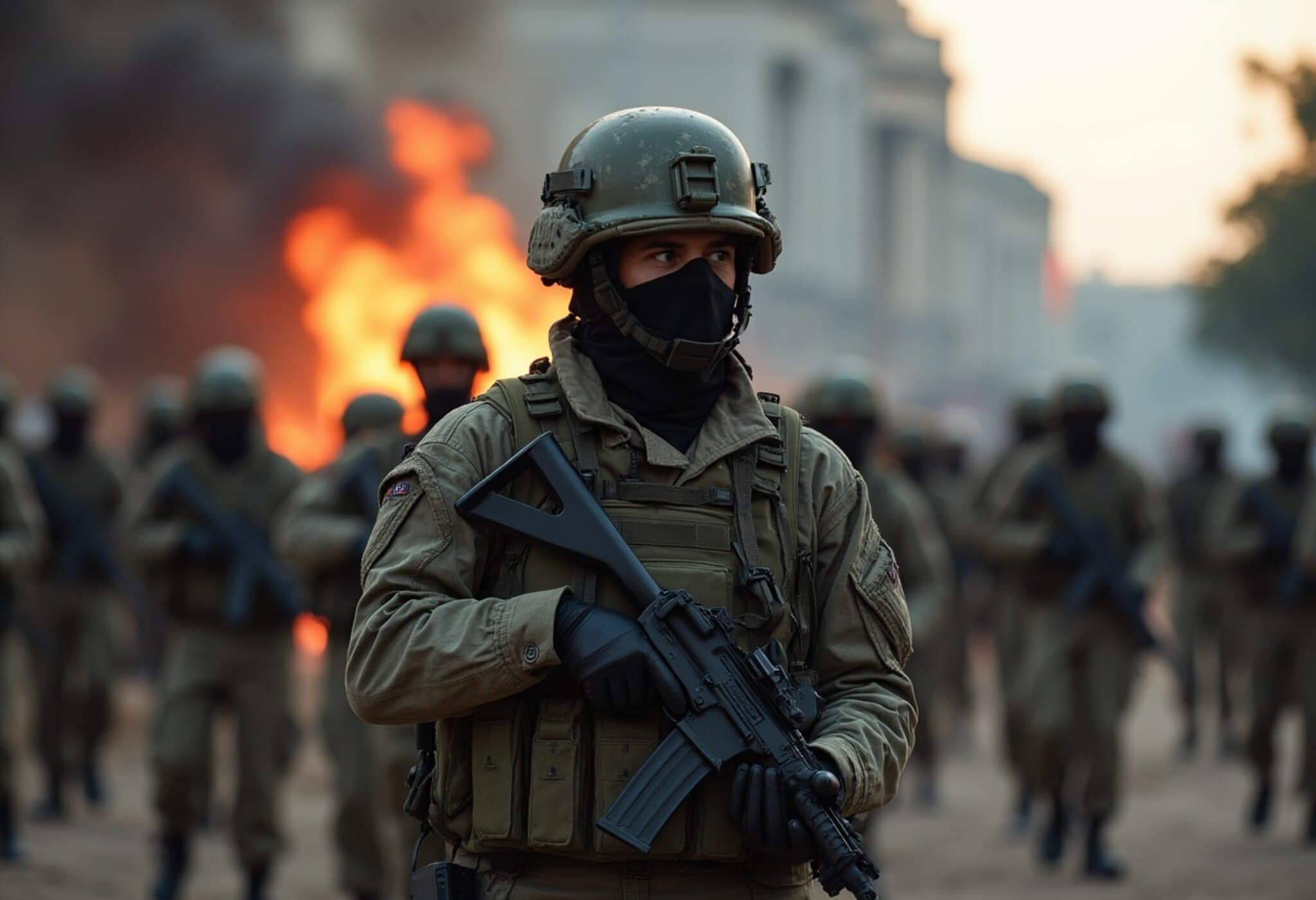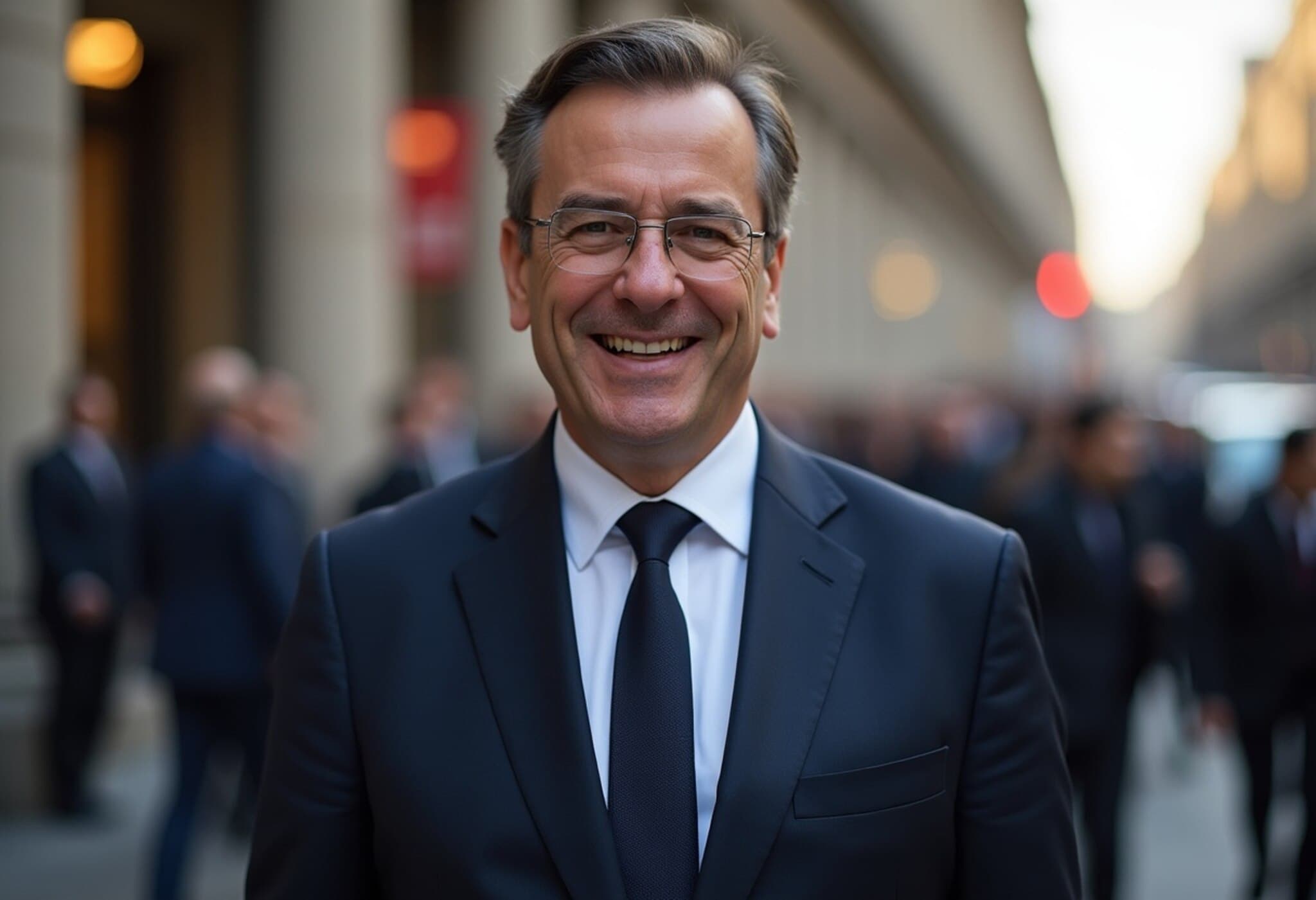Overnight Violence Erupts on Limoges Highway: Police and Masked Rioters in Deadly Confrontation
In the early hours of Saturday, the French city of Limoges witnessed a disturbing outbreak of violence when a large group of masked attackers descended on the RN141 highway. Armed with metal rods, fireworks, and Molotov cocktails, these individuals engaged in fierce clashes with police, disrupting traffic and igniting fears during the peak summer tourism season.
Details of the Incident
Authorities reported that between 100 and 150 masked assailants aggressively targeted vehicles on the highway, including some carrying families with children. Although no motorists sustained physical injuries, the psychological impact was profound, leaving many shaken by the unexpected attack.
Police responded swiftly with tear gas and crowd-control techniques, but the violent episode resulted in nine officers injured, underscoring the severity of the confrontation.
Underlying Causes: Gang Turf War or More?
Local law enforcement suspects the melee stems from ongoing gang turf disputes in Limoges. Laurent Nadeau, a leader of the local police union, described the attackers as heavily armed and prepared for conflict.
Mayor Émile Roger Lombertie depicted the attackers as an “urban guerrilla” group intent on destruction rather than any political or social cause. “This was not a protest or demonstration — there was no message, no genuine grievance. It was a pure show of force,” he remarked poignantly, highlighting the troubling escalation in city violence.
Contextual Insight: Limoges and Rising Urban Unrest
This violent incident is not isolated. Just days before, unrest flared in Val de l’Aurence – a Limoges neighborhood marked by socio-economic challenges and a sizable immigrant population. The area has been described by local officials as a “lawless zone,” grappling with poverty and drug-related criminal activity.
Limoges prosecutor Émilie Abrantes acknowledged ongoing drug operations but emphasized there was no direct connection between those efforts and the recent highway violence.
Government and Security Response
In response to the surge in violence, the French Interior Ministry announced the deployment of a special security force to Limoges, aiming to stabilize the situation and restore public order.
Experts in urban security stress that controlling gang-related violence requires not only stronger police presence but also comprehensive social policies addressing root causes such as poverty, marginalization, and lack of economic opportunities.
What This Means for France’s Broader Security Landscape
As France grapples with increasing urban unrest in its mid-sized cities, incidents like the Limoges highway clash highlight the fragility of law and order in certain communities. Especially during critical tourism periods, such violence threatens both local residents’ safety and the country’s economic interests.
Moreover, the use of incendiary weapons and coordinated attacks reminiscent of guerrilla tactics may signal a dangerous evolution in gang violence that law enforcement agencies nationwide must anticipate and address.
Expert Perspective
Dr. Isabelle Martin, a criminologist specializing in urban conflict at Sciences Po, notes, “The Limoges clashes are symptomatic of deeper societal fissures. Beyond gang rivalries, they reveal how marginalized youth might leverage violence as a language of power amid exclusion. A multi-dimensional approach including education, economic development, and community engagement is critical to breaking this cycle.”
Looking Ahead
- Authorities face urgent pressure to identify and dismantle violent groups using highways and public spaces for conflict.
- Community leaders and policymakers must collaborate on sustainable solutions targeting social inequalities fueling unrest.
- Continuous monitoring of similar urban flashpoints across France will be key to preventing further escalations.
Editor’s Note
The violent clashes on the Limoges highway cast a stark light on the ongoing challenges France faces in curbing gang-related violence and preserving public safety. While immediate law enforcement action is crucial, long-term peace depends on addressing systemic issues such as poverty, exclusion, and the alienation of youth in vulnerable communities. Readers should consider the broader implications: How can societies balance firm security measures with inclusive social policies to foster lasting stability?

